Introduction
This is Part I of a series dedicated to the investigation of the documents that were released by Project Veritas on January 10, 2022. The main document is a report written by Major Murphy, Joseph P. The report is an analysis of documents and intelligence reports that act synergistically in supporting the theory that SARS-COV-2 was genetically engineered in the Wuhan Institute of Virology (WIV).
The documents included with Major Murphy’s report consists of:
A cover letter addressed to, “Captain xxxxx,” (presumably still working at DARPA based on the contents of the cover letter) that details the contents of the report and its main points,
The main report titled, “SARS-COV-2 ORIGINS INVESTIGATION WITH US GOVERNMENT PROGRAM UNDISCLOSED DOCUMENT ANALYSIS,” written by USMC Major Murphy, Joseph P. dated August 13, 2021 addressed to, “Inspector General,” (…of the Marine Corps),
a “PM Summary Sheet,” detailing why the proposal was deemed, “selectable,” but denied funding under PREEMPT,
an evaluation sheet of the proposed costs of DEFUSE that includes the main staff of the program who would receive payment from the grant,
The DEFUSE proposal submitted in response to the DARPA PREEMPT BAA by Peter Daszak on behalf on EcoHealth Alliance. Daszak is listed as the “Principal Investigator” and “Technical Point of Contact,” in the document (Murphy et al., 2022) (Veritas, 2022).
There were other documents included by Project Veritas that were released alongside Major Murphy’s report, but are not an internal part of the report, but rather supplementary. These documents include,
DRASTIC-Rejection of DEFUSE Project Proposal
DARPA PREEMPT BAA
Executive Summary: DEFUSE
Full Project DEFUSE proposal
We will go over those supporting documents as they apply as well as separately in a later iteration of this series. In this series each page of this document will be analyzed and commentary provided that connects the myriad of moving pieces contained within.
Brief Overview
On January 19, 2018 Defense Advanced Research Project Agency (DARPA) issued a Broad Agency Announcement (BAA) titled “PREventing EMerging Pathogenic Threats (PREEMPT) to, “…solicit innovative proposals to develop novel and scalable approaches to preempt viral spillover and transmission from animals or vectors into humans,” (Biological Technologies Office, DARPA, 2018 p. 3).
(Biological Technologies Office, DARPA, 2018)
(Biological Technologies Office, DARPA, 2018 p. 3)
A BAA,
“…is a tool used by government agencies for acquisition of basic and applied research and that part of development not related to the development of a specific system or hardware procurement,” and
“…is used by agencies to fulfill requirements for scientific study and experimentation directed toward advancing the state-of-the-art or increasing knowledge or understanding rather than focusing on a specific system or hardware solution. The BAA technique shall only be used when meaningful proposals with varying technical/scientific approaches can be reasonably anticipated,”
(Defense Logistics Agency, Broad Agency Announcement).
Essentially, a BAA is an announcement that is dispersed throughout a network that allows an agency like DARPA to tell other agencies within and outside of government what they need and to contact them to be contracted for the proposed work.
Peter Daszak answered the BAA with his proposal sponsored by EcoHealth Alliance named, “Project DEFUSE: Defusing the Threat of Bat-borne Coronaviruses” on March 24, 2018. The proposal requested $14,209,245 to complete the research in the time period ranging from December 1, 2018-May 31, 2022.
(Veritas, 2022)
After review of this proposal DARPA denied funding for Project DEFUSE for the following reasons stated in the PM SUMMARY SHEET attached to Major Murphy’s report:
“…lack of detail regarding…
Data
Statistical analysis
Model development
How prior work will be leveraged and extended” *
and that the proposal,
“…lacks clear decision points to asses the deployment and validation of TA2 preemption methods in the Source Selection Information. See FAR 2.101 and FAR 3.104,” (Murphy et al., 2022 p. 8).
(Murphy et al., 2022 p. 8)
Interestingly, on page 3 of his report to the Inspector General, Major Murphy indicates that he uses DRASTIC as a source of information that, “…corroborates that the program detailed in the BAA response was conducted until it was shut down in April 2020,” (Murphy et al., 2022 p. 3). This is mentioned in this analysis to note that Project Veritas also includes a document titled “Rejection of DEFUSE Project Proposal,” which was not attached to the Majors report, but separately and includes in it a further breakdown of the DARPA refusal by the DRASTIC team. In the document DRASTIC proposes,
“…that the tone of the proposal (see for instance the ‘our cave complex’) and the deep suggested involvement of some of the WIV parties (Shi Zheng Li employed half-time for 3 years - paid via the grant - and invited to DARPA headquarters at Arlington), may not have helped either - especially in the absence of any DURC [Dual Use Research of Concern] risk mitigation program,”
(D.R.A.S.T.I.C., DRASTIC Summary of EcoHealth's DEFUSE Grant Proposal)
(D.R.A.S.T.I.C., DRASTIC Summary of EcoHealth's DEFUSE Grant Proposal)
(D.R.A.S.T.I.C., DRASTIC Summary of EcoHealth's DEFUSE Grant Proposal)
Here is where some auxiliary research and documents come in handy to paint a picture that further supports and gives context as to why Dr. Daszak, EcoHealth Alliance, and the WIV submitted the proposal in response to the BAA:
(Pope et al., Notice of Award: Understanding the Risk of Bat Coronavirus Emergence p. 1)
(Pope et al., Notice of Award: Understanding the Risk of Bat Coronavirus Emergence p. 5)
They were already involved in closely related research that DARPA was asking to be conducted. We can see that at the time of the PREEMPT BAA and the subsequent EcoHealth Alliance Project Defuse proposal, Daszak was already heavily involved with the WIV, East China Normal University and multiple branches of China CDC as evidenced by the “Notice of Award,” from the NIH-NIAID for the project “Understanding the Risk of Bat Coronavirus Emergence.” The Project DEFUSE proposal was merely dovetailing what Daszak and his team was already involved in and receiving grants for from the NIH-NIAID. Furthermore, the execution timeline of the NIH-NIAID grant and the DEFUSE proposed start time overlaps. The NIH-NIAID project period was projected to last from June 1, 2014 - May 31, 2019 and the DEFUSE proposal stated a project period from December 1, 2018 - May 31, 2022. It’s apparent the two projects would have been conducted simultaneously for at least a period of time, even if there was no extensions given on the NIH-NIAID research, and that the results from the coinciding projects would inform the other and then essentially merge and enlighten two opposing governments (US and China) and connected institutions of the conclusions. As the NIH-NIAID project was ending, Project DEFUSE would be beginning and the whole operation would essentially be a seamless continuation of research funded by U.S. taxpayer dollars outsourced to China.
A high risk double-dip grantee network.
It is doubtful the two governments would have received identical (transparent) conclusions (who paid more?) and even more terrifying is the proposition of Dual Use Research of Concern (DURC) mentioned in the DRASTIC DEFUSE Project proposal report (D.R.A.S.T.I.C., DRASTIC Summary of EcoHealth's DEFUSE Grant Proposal p. 2).
Who is to say government x or military x would not repurpose the technological/biological data gleaned from these projects for their own uses outside of their initially proposed intended use?
The implication is startling.
It is possibly benign, although interesting, that DARPA happens to publish the BAA towards the second half of the ongoing NIH-NIAID research involving similar parameters, but purposed towards protecting the U.S. military troops if deployed in Asia. Now, the continuous research on coronaviruses had a military purpose outside of mere inquiry, speculation and allopathic medicine applications.
Another notable fact is that the start date of the NIH-NIAID funded project “Understanding the Risk of Bat Coronavirus Emergence,” began in June 2014 just months before the Gain of Function moratorium was to come into effect in October of the same year.
(Reardon, 2014)
If we go back and look closely at the cover sheet for Project DEFUSE we can see a section we have already mentioned that is called “Places and Periods of Performance” and under that heading we see Wuhan, China and Chapel Hill, North Carolina mentioned.
(Murphy et al., 2022 p. 16)
We have already discussed Wuhan and it is definitely at the center of all of this information, but if we look into Chapel Hill, North Carolina and it’s research we come to find a prominent coronavirus researcher named Dr. Ralph Baric who conducted research at UNC-Chapel Hill on coronaviruses for over thirty years. Dr. Ralph Baric, much like Peter Daszak, had been involved with WIV and Zhengli-Li Shi multiple times prior to and after the Gain of Function moratorium was put into place in 2014.
Worth mentioning in this regard is that in December 2015 a study involving Dr. Baric and Zheng-li Shi was published by Nature Medicine titled, “A SARS-like cluster of circulating bat coronaviruses shows potential for human emergence,” and within that publication it is mentioned that they,
“…built a chimeric virus encoding a novel, zoonotic CoV spike protein-from the RsSHC014-CoV sequence that was isolated from Chinese horseshoe bats-in the context of the mouse-adapted backbone. The hybrid virus allowed us to evaluate the ability of the novel spike protein to cause disease independently of other necessary adaptive mutations in its natural backbone,” (Menachery et al., 2015 p. 1)
(Menachery et al., 2015 p. 1)
Clearly, this is Gain of Function research considering that a bat derived SARS spike protein was isolated and added to a mouse-adapted backbone in order for it to develop the ability to “cause disease independently,”(Menachery et al., 2015) meaning that without this manipulation the new function would not have occurred. This is evidenced by the need for manipulation in the first place. Furthermore, in the first paragraph of this paper it is stated that,
“Evaluation of available SARS-based immune-therapeutic and prophylactic modalities revealed poor efficacy; both monoclonal antibody and vaccine approaches failed to neutralize and protect from infection with CoVs using the novel spike protein. On the basis of these findings, we synthetically re-derived an infectious full-length SHC014 recombinant virus and demonstrate robust viral replication both in vitro and in vivo. Our work suggests a potential risk of SARS-CoV re-emergence from viruses currently circulating in bat populations,” (Menachery et al., 2015 p. 1)
They created a chimeric virus through gain of function experiments, noticed that nothing could neutralize and prevent it, decided to build a full length SHC014 only to say, “Yes, interesting, (strokes beard) if this were to develop in natural conditions that would not be a good thing.” That is it. That is what they learned. “It’s not happening now, but if we do this then it could happen. Give me grant money.”
Despite the fact that a natural mutation providing the same result of inducing disease independently was not probable or have easily or quickly occurred without direct human intervention and manipulation, Baric and Zheng-Li Shi created a new function from a chimeric pathogen that could not, as observed at that time, naturally execute the achieved function i.e. disease in humans. This is known as gain of function research and experimentation. All funded substantially from US taxpayers.
In the acknowledgement section of the same published study it is mentioned that the grant is supported by the NIAID, NIH, National Natural Science Foundation of China and EcoHealth Alliance with statistical review help from the University of North Carolina (Menachery et al., 2015 p. 5). The study aslo states that,
“Experiments with the full-length and chimeric SHC014 recombinant viruses were initiated and performed before the GOF pause and have since been reviewed and approved for continued study by the NIH,” (Menachery et al., 2015 p. 5).
This is the proof that the NIH had full knowledge that Baric was conducting GOF experiments and despite the moratorium had approved the research for continued study and continued to fund it. By the looks of itthe reviewing authorities probably had to split hairs and word-smith to make it allowable.
Do you wonder if there is a pattern here?
HHS P3CO protocols come into play for determining if a proposed experiment falls within the acceptable or unacceptable range for research on Potentially Pandemic Pathogens, but P3CO guidelines are another topic for another iteration of this series.
(Menachery et al., 2015 p. 5)
Daszak, Baric and Zheng-li Shi all appear multiple times as working on overlapping projects that assess the nature of coronaviruses through similar research projects, through the same facilities (WIV) and a network of inter-connected scientists. Here is another study from October 30, 2013 that Daszak co-authored that involved the Wuhan Institute of Virology:
(Ge et al., 2013)
(Ge et al., 2013)
It seems that SARS-COV-WIV was the culminating experiment of at least a decade worth of research that was continually recycled through a scientific revolving-door bureaucracy.
End
You may notice that the sub-heading of “Brief Overview,” endured for the majority of this report. That is because this story goes on perpetually with multiple overlapping connections between people, facilities, organizations and research projects that get more complicated to understand as you go on.
We have only scratched the surface.
References:
Biological Technologies Office, D. A. R. P. A. (2022, January 10). Broad Agency Announcement PREventing EMerging Pathogenic Threats (PREEMPT). Retrieved from https://assets.ctfassets.net/syq3snmxclc9/6K3RxB1DVf6ZhVxQLSJzxl/6be5c276bc8af7921ce6b23f0975a6c3/A_prempt-background-hr001118s0017.pdf
DARPA, & DRASTIC. (n.d.). DRASTIC Summary of EcoHealth's DEFUSE Grant Proposal. ctfassests. Retrieved from https://assets.ctfassets.net/syq3snmxclc9/5OjsrkkXHfuHps6Lek1MO0/5e7a0d86d5d67e8d153555400d9dcd17/defuse-project-rejection-by-darpa.pdf
Daszak, P. (2018). EcoHealth Alliance Executive Summary of DEFUSE. ctfassets. Retrieved from https://assets.ctfassets.net/syq3snmxclc9/oVt6gT0yBx4eQXSeuNfEp/3cbbd7ef84e90c9702c1943c55d80f75/executive-slide-hr00118s0017-ecohealth-alliance-defuse.pdf
Defense Logistics Agency. (n.d.). Broad Agency Announcement. Broad Agency announcement. Retrieved January 2022, from https://www.dla.mil/HQ/Acquisition/StrategicMaterials/BAA/
The Drastic A Team. D.R.A.S.T.I.C. Research. (2021, November 13). Retrieved from https://drasticresearch.org/the-team/
EcoHealth Alliance. (2018). EcoHealth's full DEFUSE grant proposal to DARPA. ctfassets. Retrieved from https://assets.ctfassets.net/syq3snmxclc9/4NFC6M83ewzKLf6DvAygb4/0cf477f75646e718afb332b7ac6c3cd1/defuse-proposal_watermark_Redacted.pdf
Ge, X.-Y., Li, J.-L., Yang, X.-L., Chmura, A. A., Zhu, G., Epstein, J. H., Mazet, J. K., Hu, B., Zhang, W., Peng, C., Zhang, Y.-J., Luo, C.-M., Tan, B., Wang, N., Zhu, Y., Crameri, G., Zhang, S.-Y., Wang, L.-F., Daszak, P., & Shi, Z.-L. (2013, October 30). Isolation and characterization of a bat SARS-like coronavirus that uses the ACE2 receptor. Nature News. Retrieved 2022, from https://www.nature.com/articles/nature12711
Menachery, V. D., Yount, B. L., Debbink, K., Agnihothram, S., Gralinski, L. E., Plante, J. A., Graham, R. L., Scobey, T., Ge, X.-Y., Donaldson, E. F., Randell, S. H., Lanzavecchia, A., Marasco, W. A., Shi, Z.-L., & Baric, R. S. (2015, November 9). A sars-like cluster of circulating bat coronaviruses shows potential for human emergence. Nature News. Retrieved January 18, 2022, from https://www.nature.com/articles/nm.3985/
Murphy, J. P. (2022, January 10). US Marine Corps Major Joseph Murphy's Analysis Report to Inspector General of DOD and internal Marine Corps email. ctfassets. Retrieved from https://assets.ctfassets.net/syq3snmxclc9/2mVob3c1aDd8CNvVnyei6n/95af7dbfd2958d4c2b8494048b4889b5/JAG_Docs_pt1_Og_WATERMARK_OVER_Redacted.pdf
Pope, L. A., NIH, & NIAID. (n.d.). Notice of Award: Understanding the Risk of Bat Coronavirus Emergence. DocumentCloud. Retrieved 2022, from https://www.documentcloud.org/documents/21055989-understanding-risk-bat-coronavirus-emergence-grant-notice
Reardon, S. (2014, October 22). US suspends risky disease research. Nature. Retrieved from https://www.nature.com/articles/514411a
Veritas, P. (2022, January 10). Military documents about gain of function contradict Fauci testimony under oath. Project Veritas. Retrieved from https://www.projectveritas.com/news/military-documents-about-gain-of-function-contradict-fauci-testimony-under/

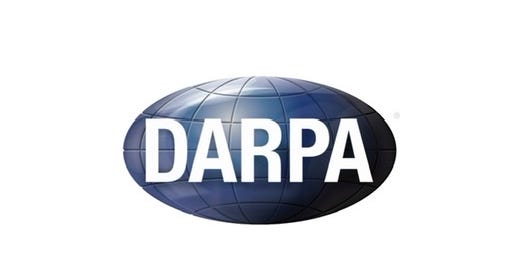



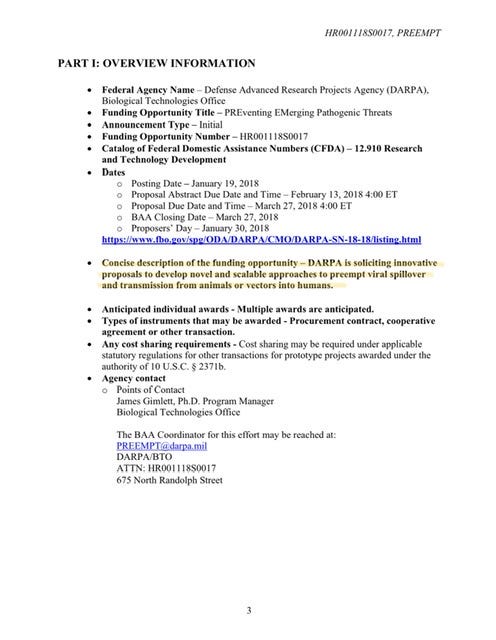
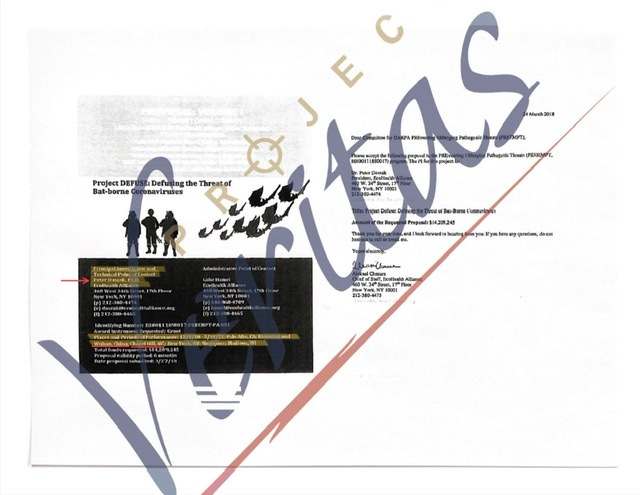

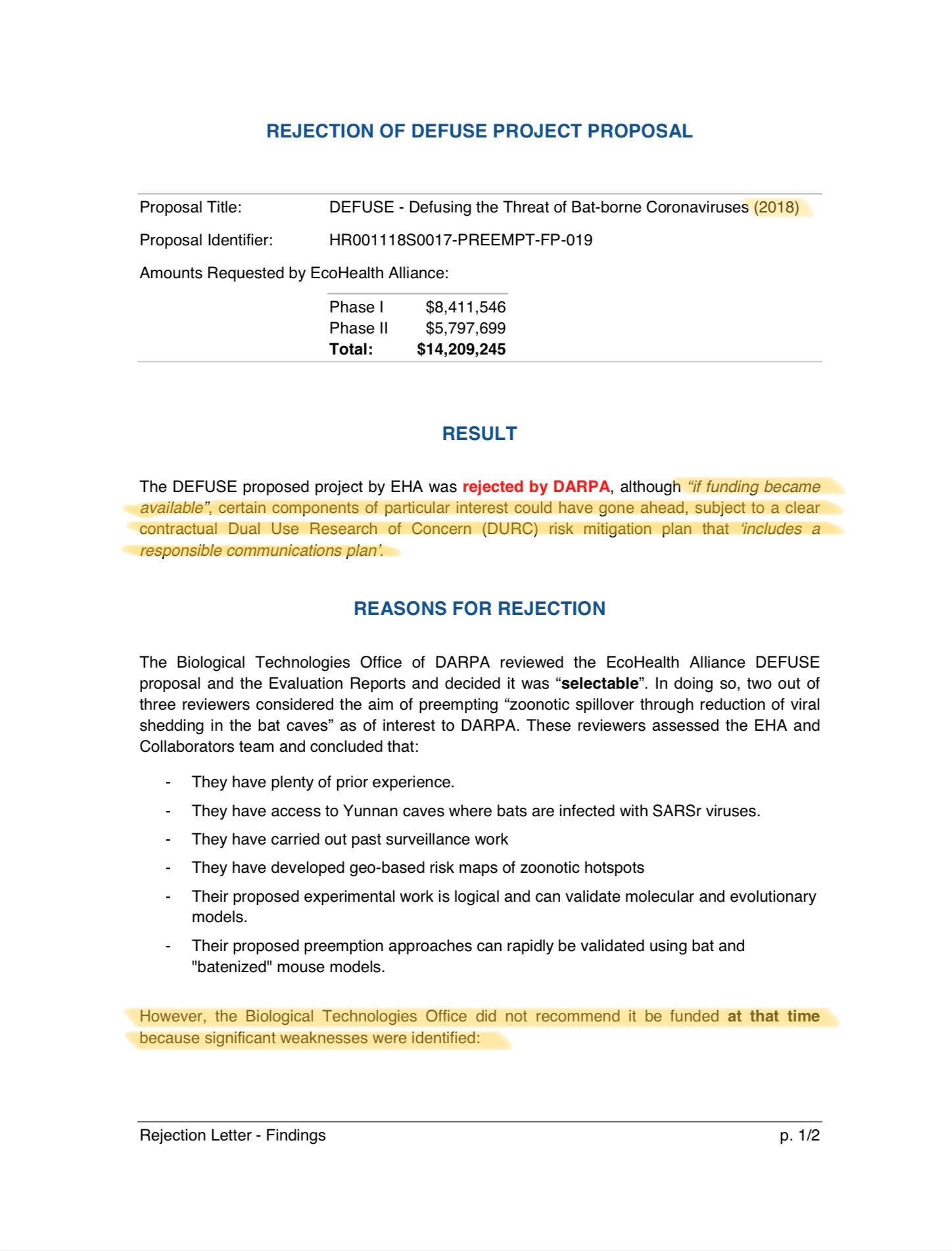

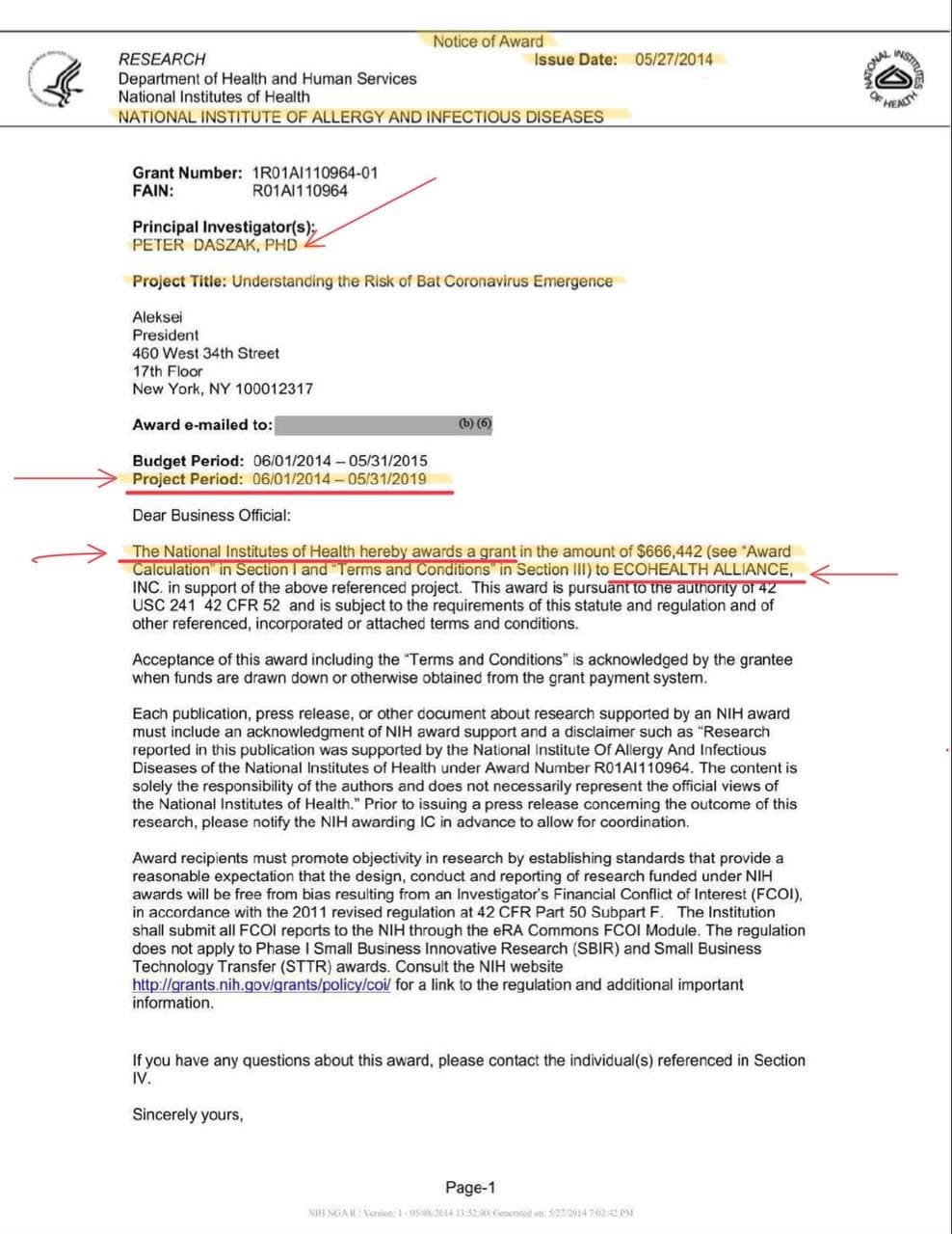

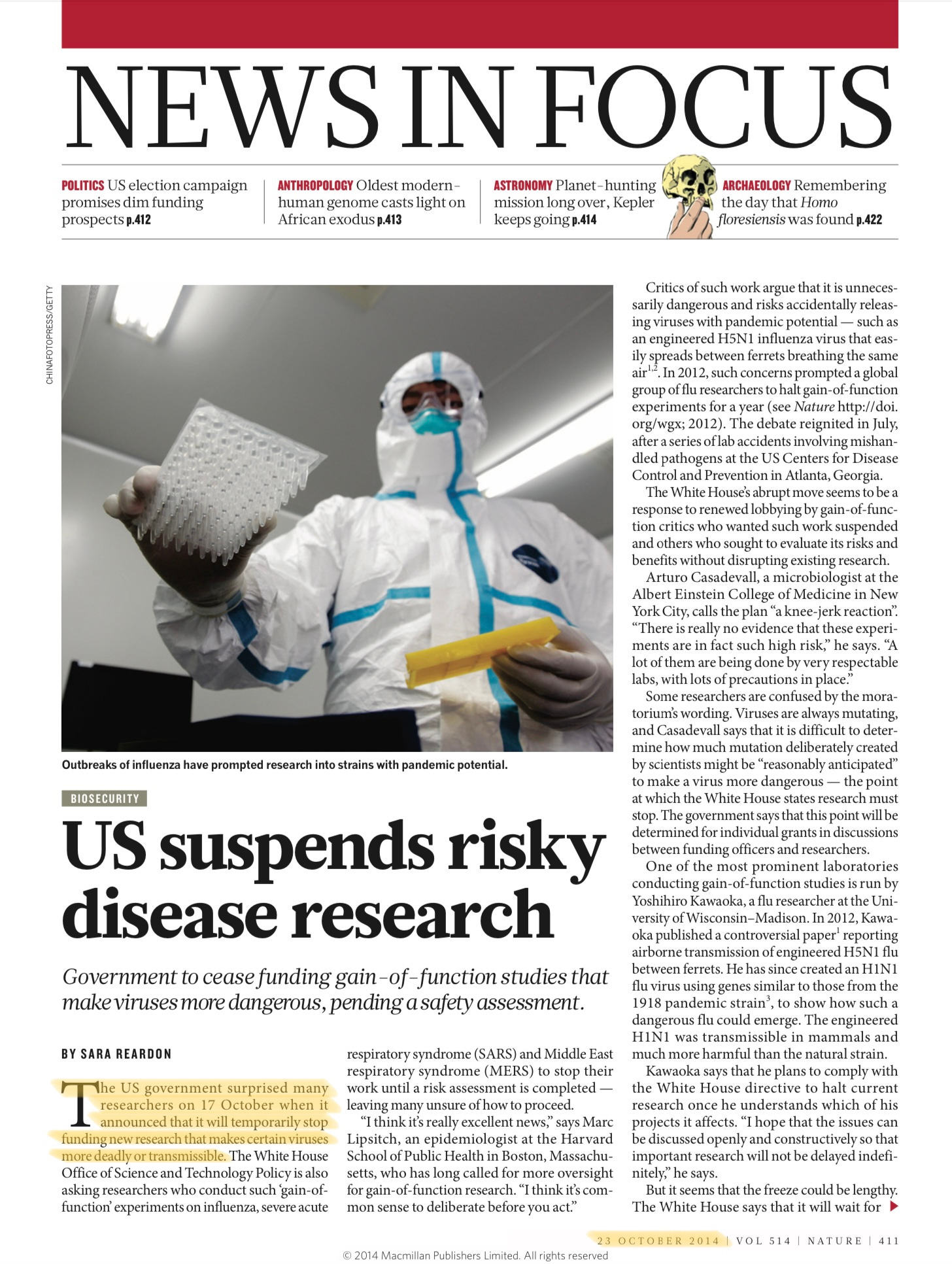


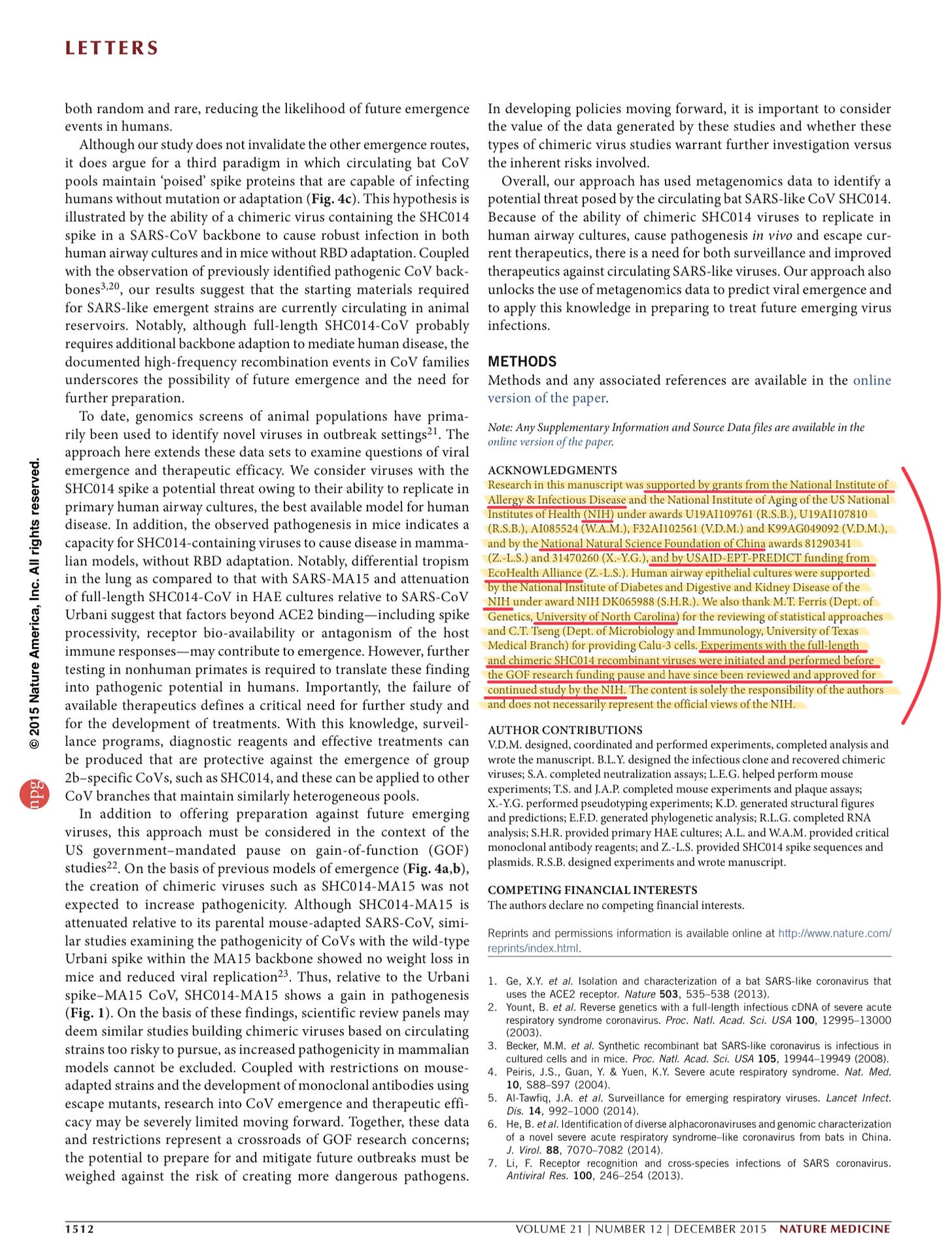
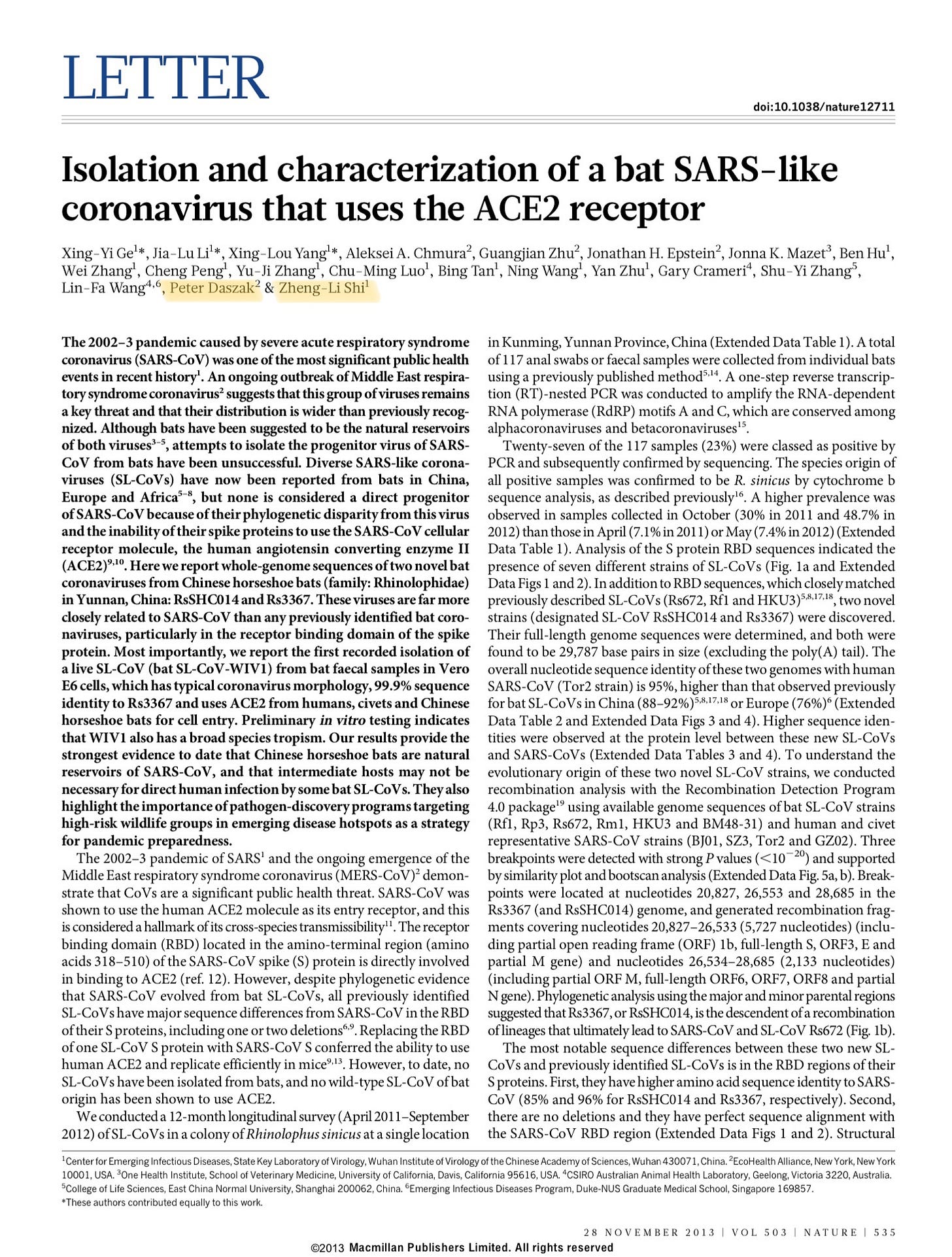

https://therequestor.substack.com/p/is-wuhan-a-red-herring
Great commentary and documents support how deeply the web is spread out and overlays. I dare say they manipulate the agencies for continued research through overlapping the funding.